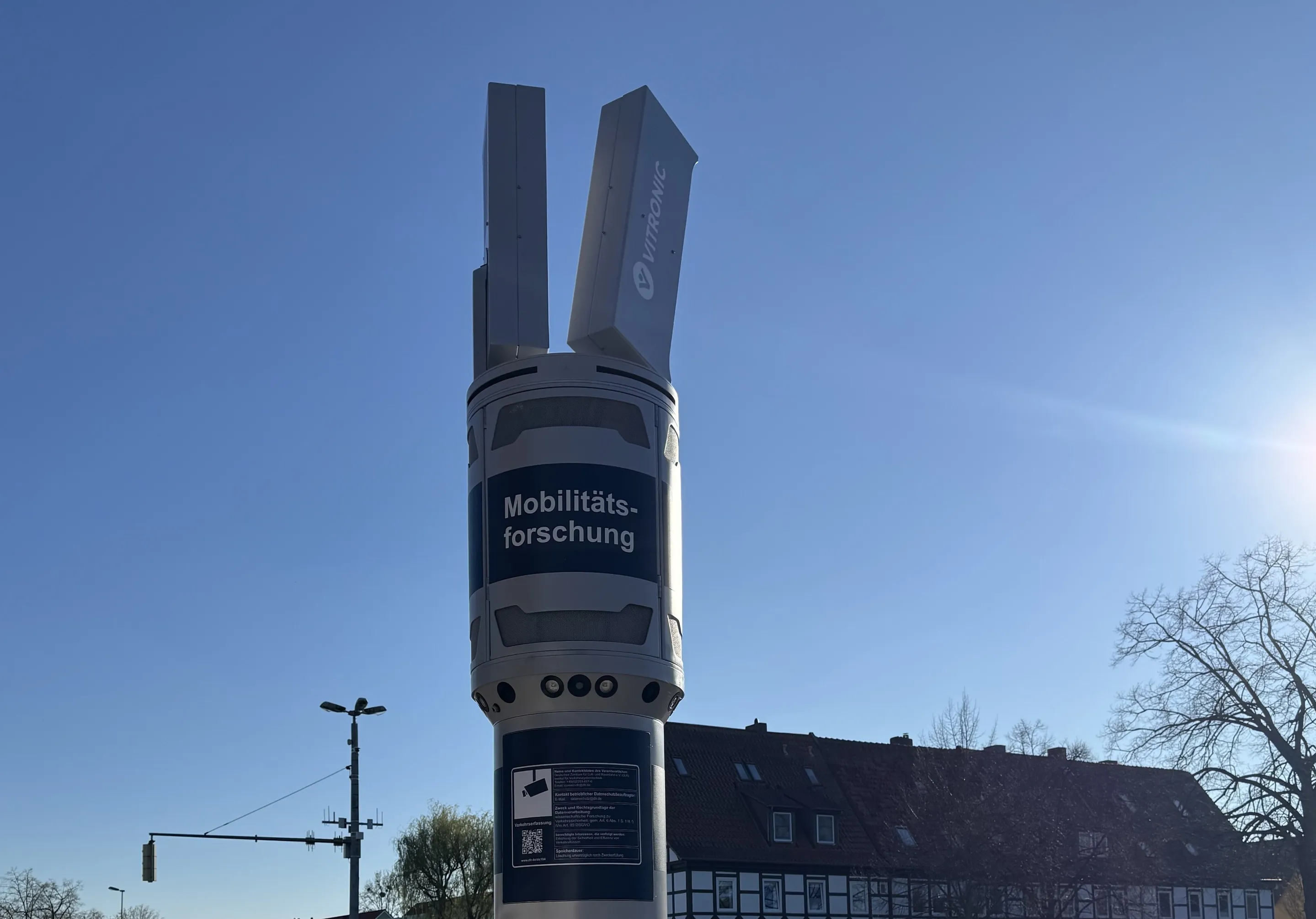
A research project to see how 6G technology and autonomous cars combine has launched in Finland and will run until May 2026.
6G Visible has been set up by the University of Oulu - which is well-known for research on 6G - and the Finnish Meteorological Institute, with funding from Business Finland's 6G Bridge programme.
The university's Empirical Software Engineering in Software, Systems and Services (M3S) research group is one of Europe's largest software research units.
"In the research, our aim is to find out how to combine the various sources of expanded traffic situation information and the most efficient data transfer methods as well as information processing to enable autonomous driving," says project leader Kari Liukkunen, adjunct professor at M3S.
In addition to examining the deployment of 6G-era technologies and solutions for autonomous and semi-autonomous driving, the research also aims to develop use cases supporting Finnish automotive-related software businesses, test and combine sensors and environments, and look at technologies and solutions for enhanced situational awareness.
"Software, communication, and computing solutions are critical issues. We also want to find out how the solutions and software architecture can be tested in both virtual and real traffic situations," says Liukkunen.
The Finnish Meteorological Institute is developing tailored road weather services for autonomous driving.










